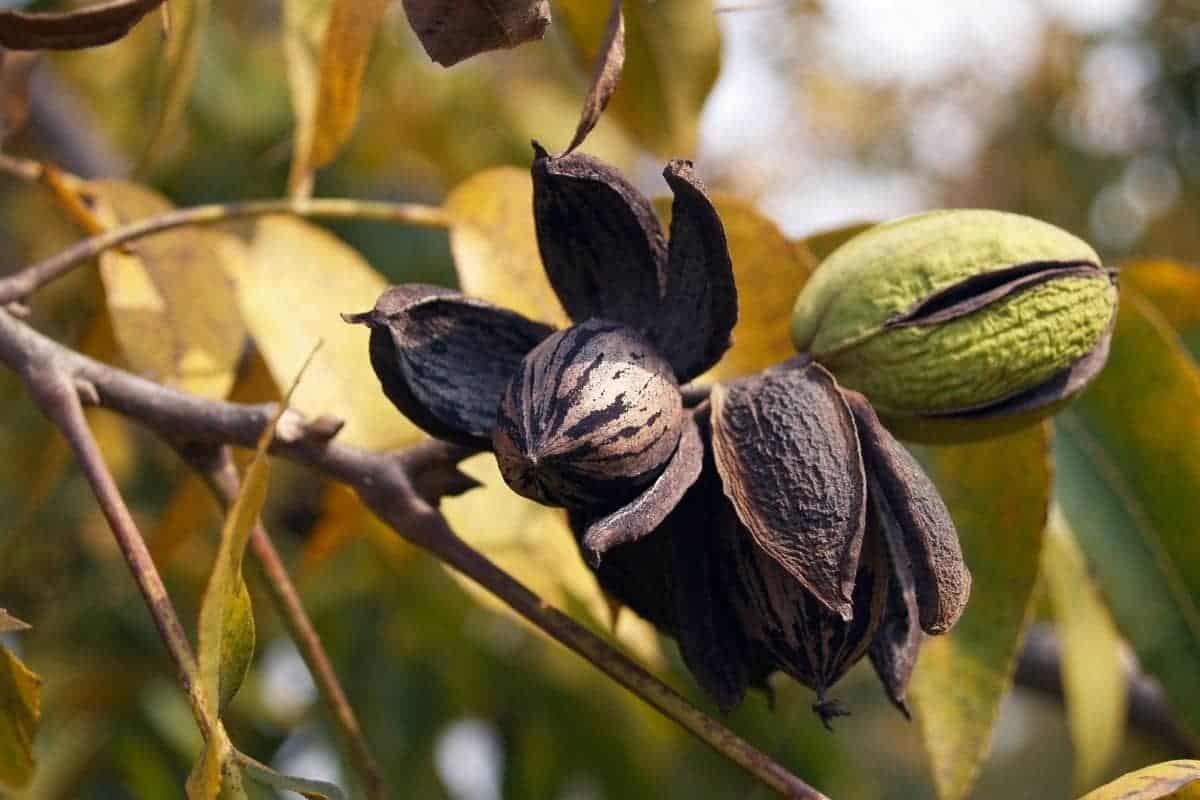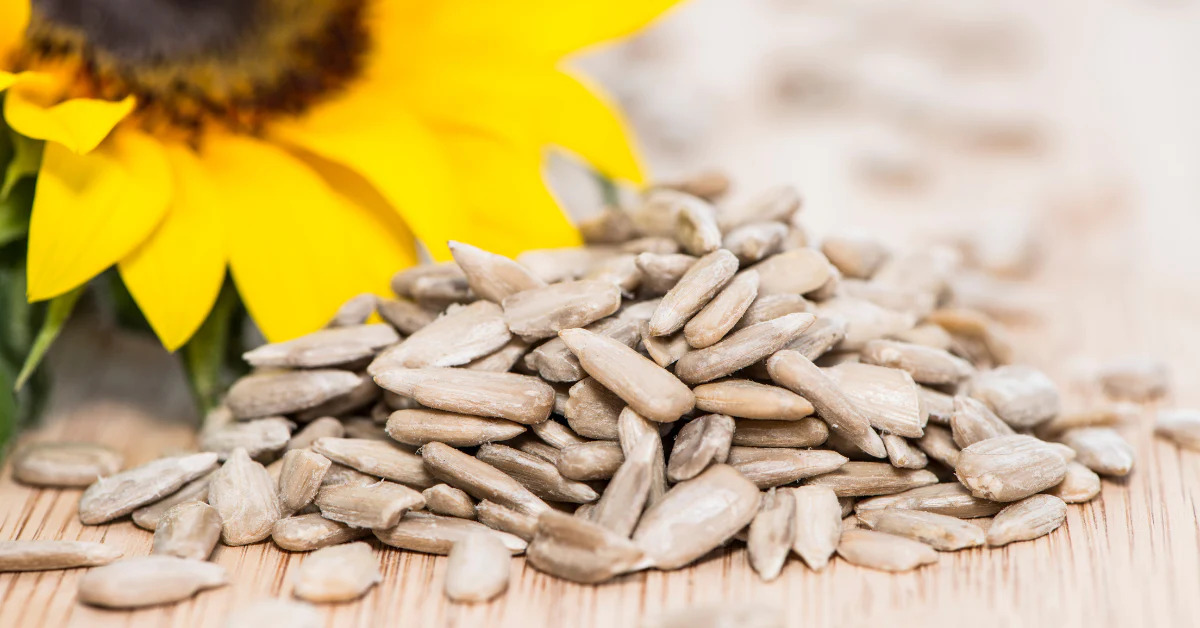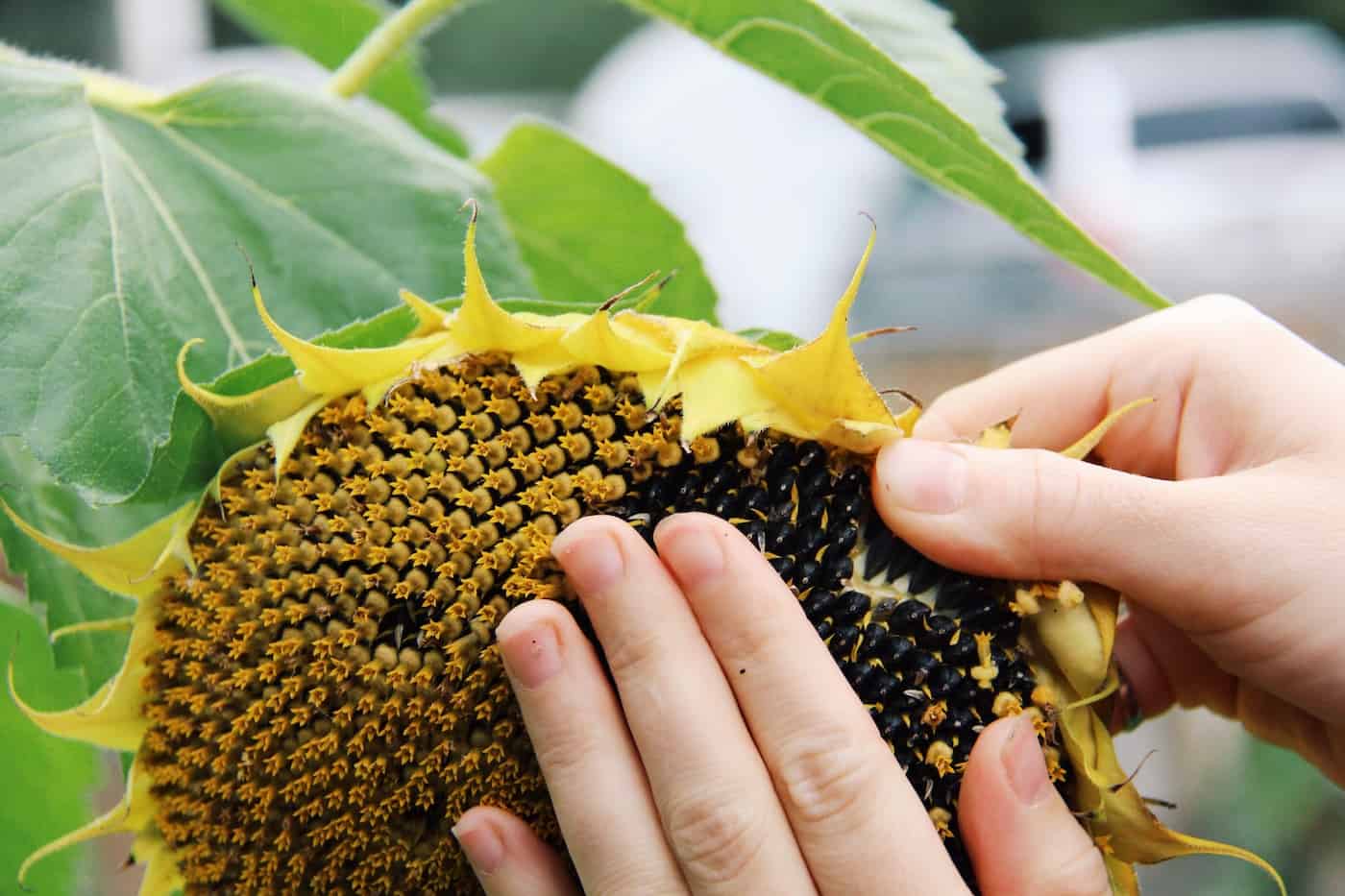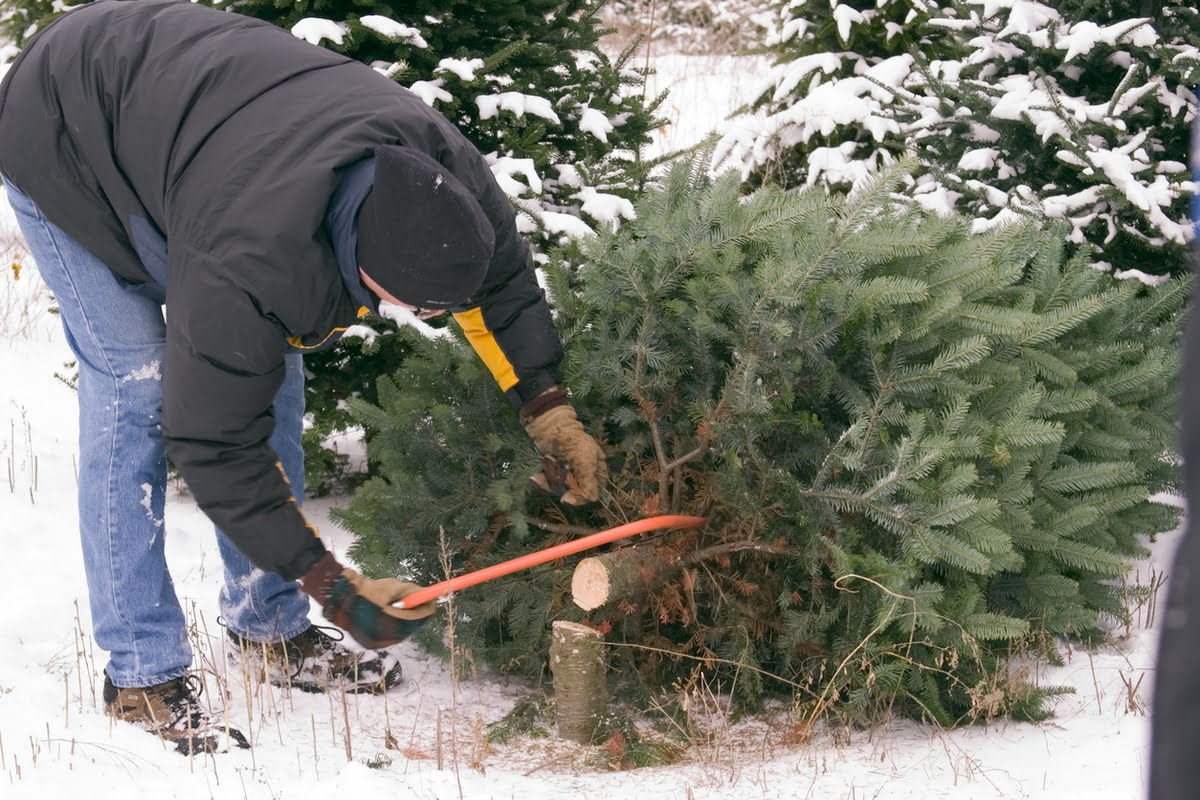Home>Types of Gardening>Ornamental Gardening>What Trees Produce Pollen
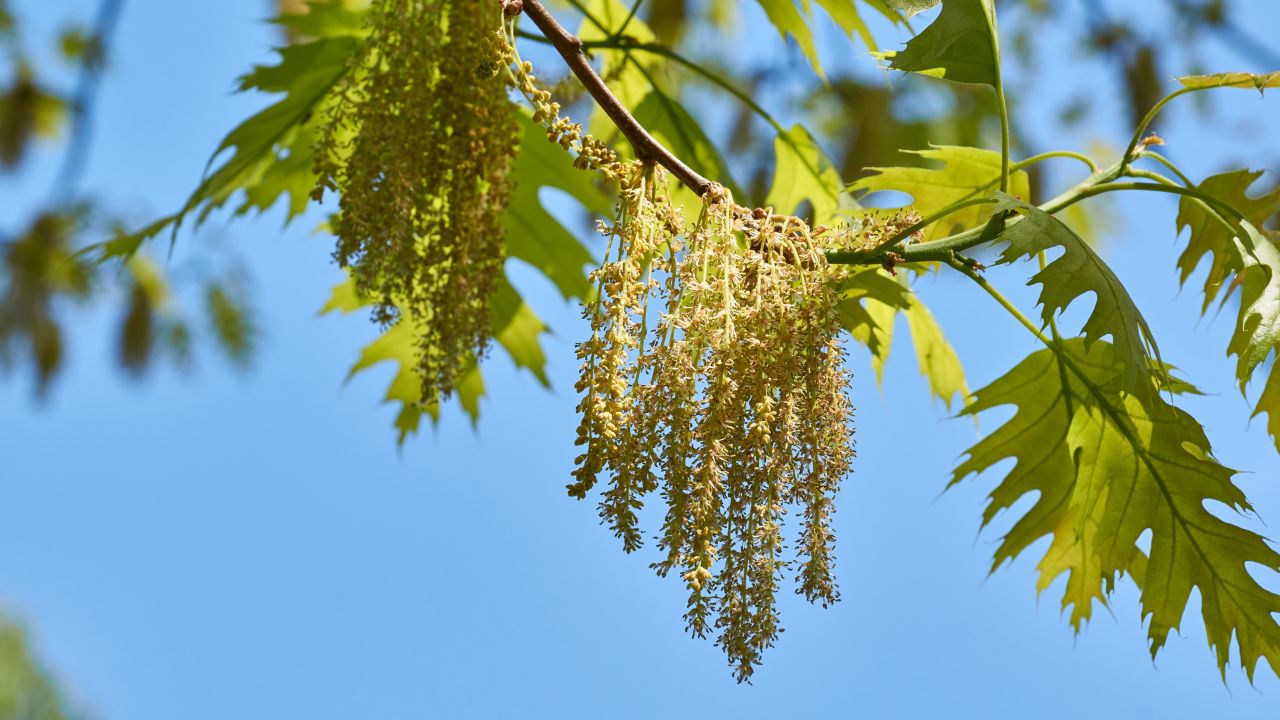

Ornamental Gardening
What Trees Produce Pollen
Modified: January 22, 2024
Discover the top ornamental gardening trees that produce pollen and learn how to manage pollen allergies. Enhance your garden's beauty while keeping allergies in check.
(Many of the links in this article redirect to a specific reviewed product. Your purchase of these products through affiliate links helps to generate commission for Chicagolandgardening.com, at no extra cost. Learn more)
Table of Contents
Introduction
Welcome to the fascinating world of ornamental gardening! Ornamental gardening is a practice that involves growing plants for decorative purposes, transforming outdoor spaces into visually stunning and appealing landscapes. Whether you have a sprawling backyard or a cozy balcony, ornamental gardening offers endless possibilities for creating a beautiful and serene environment.
In this article, we will explore the art and science of ornamental gardening, delving into the techniques, plants, and design principles that can help you create your own personal oasis. We will also discuss the importance of ornamental gardening, not only for its aesthetic benefits but also for its positive impact on the environment and our well-being.
Ornamental gardening is much more than simply planting flowers and shrubs. It is a creative endeavor that requires a deep understanding of plants, their growth habits, and their specific requirements. By carefully selecting and arranging a wide range of plants, you can create a harmonious balance of colors, textures, and fragrances that will delight the senses and provide year-round beauty.
One of the key aspects of ornamental gardening is selecting plants that are suited to your specific climate and soil conditions. By choosing plants that are well-adapted to your local environment, you can increase their chances of thriving and reduce the need for excessive maintenance. Additionally, incorporating native plants into your garden can help support local ecosystems and attract beneficial wildlife such as birds and butterflies.
Furthermore, ornamental gardening is not limited to just flowers. Trees, shrubs, ornamental grasses, and even vines can be used to create captivating structures and interesting focal points within your garden. By incorporating a variety of plant types, you can add depth and dimension to your landscape, creating a visually dynamic and engaging space.
Whether you are a novice gardener or an experienced horticulturist, ornamental gardening offers endless opportunities for learning and experimentation. It is a journey of discovery, where each season brings new growth, blooms, and challenges. Through careful observation and experimentation, you can develop your own unique gardening style and create a garden that reflects your personality and taste.
So, if you are ready to embark on this horticultural adventure, let’s dive into the world of ornamental gardening and unlock the secrets to creating a beautiful and vibrant outdoor space.
What is Pollen?
Pollen is a vital component of plant reproduction and plays a crucial role in the growth and development of many plant species. It is a fine powdery substance composed of male reproductive cells found in the anthers of flowers. When dispersed by wind, insects, or other pollinators, pollen grains can fertilize the female reproductive structures of plants and initiate the production of seeds and fruits.
Each pollen grain contains the genetic material necessary for plant reproduction. It is covered with a protective outer layer, known as the exine, which is made up of a complex mixture of proteins and lipids. This exine serves two important functions – it protects the genetic material inside the pollen grain and aids in its dispersal through various agents.
Pollen grains come in a wide variety of shapes, sizes, and textures, which play a significant role in determining the pollination mechanism of different plant species. Some plants produce large and sticky pollen grains that are adapted to be transferred by insects, allowing for more precise and targeted pollination. Other plants, especially those that rely on wind pollination, produce smaller and lighter pollen grains that are easily carried by the wind over long distances.
While pollen is essential for the reproduction of plants, it can also have an impact on human health. Certain individuals may experience allergic reactions when exposed to airborne pollen, leading to various symptoms such as sneezing, congestion, itchy eyes, and respiratory discomfort. This condition is commonly known as hay fever or pollen allergy.
It is important to note that not all types of pollen trigger allergies. In fact, only a small percentage of plant species are known to cause allergies in humans. However, for those susceptible individuals, even small amounts of pollen can elicit a strong immune response, resulting in uncomfortable symptoms.
Understanding the nature of pollen and its role in plant reproduction can provide valuable insights into our natural environment. By appreciating the beauty and intricacies of pollen, we can gain a deeper appreciation for the incredible mechanisms that enable plants to reproduce and thrive in diverse ecosystems.
In the following sections, we will explore the importance of pollen for trees, common trees that produce pollen, factors affecting pollen production, the timing of tree pollen release, allergy symptoms caused by tree pollen, and ways to minimize pollen allergies. So, let us delve further into the fascinating world of tree pollen and its impact on both plants and human health.
Importance of Pollen for Trees
Pollen plays a crucial role in the life cycle and reproductive success of trees. As the male reproductive cells of trees, pollen carries the genetic material necessary for fertilization and the production of seeds. Without pollen, trees would not be able to reproduce and continue their species.
One of the primary functions of tree pollen is to facilitate cross-pollination. Cross-pollination occurs when the pollen from one tree is transported to the female reproductive structures of a different tree of the same species. This process promotes genetic diversity within tree populations, leading to stronger and more resilient offspring.
In addition to promoting genetic diversity, pollen also serves as an important food source for various insects, birds, and other animals. Bees, for example, collect pollen as a source of protein to feed their young and sustain their colonies. Other insects, such as beetles and butterflies, may also depend on tree pollen as a vital part of their diet. By providing food for these organisms, trees play a crucial role in supporting local ecosystems and contributing to biodiversity.
Furthermore, pollen can serve as an indicator of environmental health. Changes in pollen production and distribution patterns can provide valuable insights into the state of ecosystems and the impacts of climate change. Scientists and researchers analyze pollen data to monitor shifts in vegetation patterns, track the spread of invasive species, and assess the health of ecosystems.
By understanding the importance of pollen for trees, we can appreciate the intricate web of relationships and interactions that exist in nature. Trees rely on pollen for reproduction, while other organisms rely on trees for food and habitat. This interconnectedness highlights the vital role that trees play in maintaining the balance of ecosystems and sustaining life on our planet.
In the following sections, we will explore common trees that produce pollen, factors affecting pollen production, the timing of tree pollen release, allergy symptoms caused by tree pollen, and ways to minimize pollen allergies. By gaining a deeper understanding of these aspects, we can learn to coexist with tree pollen and appreciate the beauty and benefits that trees provide to our environment.
Common Trees that Produce Pollen
Numerous tree species release pollen during their reproductive cycles, contributing to the natural process of pollination. While the specific trees that produce pollen can vary depending on the geographical location and climate, there are several common trees known for their abundant pollen production. Let’s take a closer look at some of these trees:
1. Oak Trees: Oak trees (genus Quercus) are well-known for their significant pollen production. The male flowers, called catkins, produce copious amounts of pollen that can be carried by wind over long distances. Oak pollen is often a major contributor to springtime allergies.
2. Birch Trees: Birch trees (genus Betula) are another common source of pollen allergies. These trees have pendulous catkins that release large amounts of pollen during the spring months. Birch pollen is highly allergenic and can cause respiratory discomfort in susceptible individuals.
3. Pine Trees: Pine trees (genus Pinus) are famous for their needle-like leaves and the production of sticky pine resin. They also produce pollen in the form of small yellowish cones called strobili. Pine pollen is typically released during the spring and can be spread by wind or carried by insects.
4. Maple Trees: Maple trees (genus Acer) are prized for their vibrant autumn foliage and the sweet sap that can be tapped for maple syrup. These trees produce flowers that have both male and female parts. The male flowers bear pollen in clusters known as “flowers in tassels.” Maple pollen is often considered a moderate allergen.
5. Poplar Trees: Poplar trees (genus Populus) are widely recognized for their fast growth and tall stature. They bear catkins, which produce large quantities of pollen. Poplar pollen can be a significant allergen and is often dispersed by wind.
6. Ash Trees: Ash trees (genus Fraxinus) are known for their graceful appearance and compound leaves. They produce clusters of small flowers that release pollen during the spring. Ash pollen is wind-dispersed and can cause allergic reactions in some individuals.
It is important to note that while these are common pollen-producing trees, there are many other tree species that can also contribute to pollen allergies. The specific trees and their allergenicity can vary depending on the region and individual sensitivities.
In the following sections, we will explore the factors that influence pollen production, the timing of tree pollen release, allergy symptoms caused by tree pollen, and ways to minimize pollen allergies. By understanding the trees that produce pollen and their characteristics, we can better manage and minimize the impact of pollen allergies on our health and well-being.
Factors Affecting Pollen Production
Pollen production in trees is influenced by various factors that can affect the quantity and quality of pollen produced. Understanding these factors can provide insights into the patterns of pollen release and help us anticipate and manage potential allergies. Here are some key factors that influence pollen production in trees:
1. Environmental Conditions: Environmental factors such as temperature, humidity, and rainfall can significantly impact pollen production. Warm and dry weather tends to promote pollen release, while cool and wet conditions can delay or reduce pollen production. Additionally, certain tree species have specific temperature requirements for optimal pollen production.
2. Tree Health: The overall health and vigor of a tree can influence its ability to produce pollen. Trees that are stressed or weakened due to factors such as pests, diseases, or nutrient deficiencies may have reduced pollen production. Conversely, healthy and well-maintained trees are more likely to produce abundant and high-quality pollen.
3. Genetic Factors: Genetic differences among tree individuals of the same species can affect their pollen production. Some trees may naturally produce more or less pollen compared to others. This genetic variation plays a role in ensuring the diversity of pollen and contributing to successful pollination and seed production.
4. Pollinator Activity: Pollen production can also be influenced by the presence and activity of pollinators such as bees, butterflies, and other insects. Some trees rely on specific pollinators for effective pollen transfer, and their abundance and behavior can impact pollen dispersal and fertilization rates.
5. Seasonal Variations: Pollen production in trees is typically seasonal, with certain periods of the year associated with higher pollen release. This is often influenced by the flowering cycle of the tree species. For example, many trees produce pollen in the spring when they bloom. However, there are exceptions, and some trees may have different flowering and pollen production times.
Understanding the factors that affect pollen production is essential for managing and mitigating allergies caused by tree pollen. By recognizing the environmental conditions and tree health factors that influence pollen release, individuals can take proactive measures to minimize exposure to pollen during peak times and create allergy-friendly landscapes.
In the next sections, we will explore the timing of tree pollen release, allergy symptoms caused by tree pollen, and effective strategies to reduce or alleviate pollen allergies. By gaining a comprehensive understanding of these aspects, we can better navigate the challenges posed by tree pollen and enjoy the benefits of ornamental gardening without the discomfort of allergies.
When Do Trees Produce Pollen?
The timing of pollen release in trees can vary depending on the species, geographical location, and local climate conditions. Different tree species have specific flowering periods when they produce and release pollen. Understanding when trees produce pollen is crucial for individuals who suffer from pollen allergies, as it can help them anticipate and manage their symptoms. Here are some general patterns for when trees produce pollen:
1. Springtime Pollen: Many tree species produce pollen during the spring when they go through their flowering cycle. This period is often marked by abundant pollen release and can be a challenging time for allergy sufferers. Common springtime pollen producers include oak trees, birch trees, maple trees, and poplar trees.
2. Late Winter Pollen: Some tree species start releasing pollen in late winter, before the arrival of spring. These trees often bloom earlier to take advantage of favorable conditions and ensure successful pollination. Examples of trees that produce pollen in late winter include alder trees and hazelnut trees.
3. Summer Pollen: While spring is the peak season for pollen production in many tree species, some trees continue to produce pollen during the summer months. These species may have a longer flowering period or a delayed blooming schedule. Examples of trees that produce pollen in summer include pine trees and certain types of grasses.
4. Fall Pollen: Although less common, some tree species release pollen during the fall season. These late-flowering trees contribute to the overall pollen count and can cause allergies in susceptible individuals. Ragweed, a common weed species, is a notable fall pollen producer that causes allergies for many people.
It is important to note that the exact timing of pollen release can vary depending on the specific tree species and the region. Local climate conditions, such as temperature, precipitation, and daylight hours, can also influence the flowering and pollen production periods of trees.
By understanding the seasonal patterns of tree pollen release, individuals with pollen allergies can take necessary precautions to minimize exposure and manage their symptoms. Monitoring local pollen forecasts, staying indoors during high pollen counts, and using allergy medications as directed by a healthcare professional are some strategies to cope with pollen allergies.
In the next sections, we will explore the allergy symptoms caused by tree pollen and effective strategies to reduce or alleviate pollen allergies. By gaining a comprehensive understanding of these aspects, individuals can enjoy the beauty of trees and ornamental gardening while minimizing the discomfort of allergies.
Allergy Symptoms Caused by Tree Pollen
Tree pollen can cause allergic reactions in individuals who are sensitive or allergic to specific types of pollen. When people with pollen allergies come into contact with tree pollen, their immune system overreacts, leading to various allergy symptoms. These symptoms can range from mild to severe and can significantly impact an individual’s quality of life. Here are some common allergy symptoms caused by tree pollen:
1. Sneezing: Sneezing is a common symptom of pollen allergies. It is the body’s way of clearing the nasal passages from irritants. People with pollen allergies may experience frequent and uncontrollable bouts of sneezing, especially when exposed to high levels of tree pollen.
2. Runny or Stuffy Nose: Allergic rhinitis, also known as hay fever, is characterized by a runny or stuffy nose. Tree pollen can trigger excessive mucus production, causing nasal congestion and a constant dripping sensation.
3. Itchy and Watery Eyes: Tree pollen can irritate the eyes, leading to itching, redness, and excessive tearing. This symptom, known as allergic conjunctivitis, can be particularly bothersome for individuals with pollen allergies.
4. Scratchy Throat and Coughing: Post-nasal drip, a common symptom of pollen allergies, can cause throat irritation and a persistent cough. This occurs when excess mucus from the nasal passages drips down the back of the throat.
5. Fatigue and Irritability: Allergy symptoms can disrupt sleep patterns and lead to fatigue and irritability. Individuals with pollen allergies may experience difficulty falling asleep or waking up frequently during the night due to nasal congestion or uncomfortable symptoms.
6. Asthma Exacerbation: In some cases, exposure to tree pollen can trigger or worsen asthma symptoms in individuals with asthma. Wheezing, shortness of breath, and chest tightness may occur as a result of the body’s immune response to tree pollen.
It is important to note that the severity of allergy symptoms can vary among individuals. Some people may experience mild symptoms that are manageable, while others may have more severe reactions that significantly impact their daily activities.
If you suspect that you have a pollen allergy, it is advisable to consult with a healthcare professional or allergist for a proper diagnosis. They can conduct tests to identify the specific allergens triggering your symptoms and recommend appropriate treatment options, such as over-the-counter or prescription medications, nasal sprays, or allergy shots (immunotherapy).
In the next section, we will explore effective strategies to reduce or alleviate pollen allergies, allowing individuals to enjoy the beauty of trees and ornamental gardening without the discomfort of allergic reactions.
How to Reduce Tree Pollen Allergies
While it may not be possible to completely eliminate tree pollen from the environment, there are several strategies that can help reduce and alleviate the symptoms of tree pollen allergies. By implementing these measures, individuals with allergies can enjoy the outdoors and engage in ornamental gardening with minimal discomfort. Here are some effective ways to reduce tree pollen allergies:
1. Monitor Pollen Counts: Stay informed about local pollen counts by checking weather forecasts or using online pollen tracking tools. Limit outdoor activities during days when pollen levels are high, especially during peak pollen release periods.
2. Create a Pollen Barrier: When spending time outdoors, consider wearing sunglasses to protect your eyes and a wide-brimmed hat to prevent pollen from settling on your hair and face. Additionally, use a mask or scarf to cover your nose and mouth, limiting the inhalation of pollen particles.
3. Minimize Exposure: Take preventive measures to reduce your exposure to tree pollen. Keep windows closed during peak pollen times, and use air purifiers with high-efficiency particulate air (HEPA) filters in your home to trap pollen particles.
4. Practice Proper Personal Hygiene: After spending time outdoors, be sure to shower and change your clothes to remove any pollen that may have attached to your skin or clothes. This helps prevent the spread of pollen to other areas of your home or personal belongings.
5. Maintain a Pollen-Free Home: Regularly clean your home to minimize the presence of pollen. Vacuum carpets and upholstery, dust surfaces with a damp cloth, and launder bedding frequently. Consider using allergen-proof covers for mattresses and pillows to create a barrier against pollen.
6. Consider Medications: Over-the-counter antihistamines and nasal sprays can provide temporary relief from allergy symptoms. However, it is important to consult with a healthcare professional or allergist before starting any medication to ensure it is suitable for your specific allergy needs.
7. Consider Allergy Shots: In some cases, allergen immunotherapy, commonly known as allergy shots, may be recommended for individuals with severe and persistent tree pollen allergies. Consult with an allergist to determine if this form of treatment is suitable for your specific condition.
It is worth noting that these strategies may not work equally for everyone, as individual sensitivities and allergy severity can vary. Therefore, it is always advisable to consult with a healthcare professional or allergist to develop a personalized plan for managing tree pollen allergies.
By implementing these measures, individuals can significantly reduce their exposure to tree pollen and the associated allergy symptoms. This allows them to pursue their passion for ornamental gardening and enjoy the beauty of trees and nature without the discomfort of allergic reactions.
Conclusion
Ornamental gardening is a captivating and rewarding pursuit that allows individuals to transform their outdoor spaces into visually stunning and serene landscapes. By understanding the role of pollen in the reproductive cycle of trees and the factors that influence pollen production, we can appreciate the intricate web of relationships that exists in nature. While tree pollen can cause allergies in some individuals, there are effective strategies to reduce and alleviate pollen allergy symptoms, allowing enthusiasts to engage in ornamental gardening with minimal discomfort.
By monitoring pollen counts, creating pollen barriers, minimizing exposure, practicing proper personal hygiene, maintaining a pollen-free home, and considering medications or allergy shots when necessary, individuals can enjoy the beauty of trees and the benefits of ornamental gardening without the inconvenience of allergies.
Furthermore, through ornamental gardening, we can contribute to the preservation of local ecosystems and support biodiversity by selecting native plants and providing food and habitat for various wildlife species. By incorporating a diverse range of plants, including trees, shrubs, and ornamental grasses, we can create visually dynamic and engaging landscapes that evolve and change with the seasons.
Ornamental gardening is not only an artistic expression but also an opportunity to connect with nature, reduce stress, and enhance our overall well-being. It offers a space for creativity and personal expression, allowing individuals to create their own oasis and experience the joy and fulfillment that comes from nurturing and caring for living plants.
So, whether you are a novice gardener or an experienced horticulturist, I encourage you to explore the world of ornamental gardening. Dive into the fascinating realm of tree pollen, educate yourself about local tree species, and experiment with different gardening techniques. Embrace the beauty, tranquility, and environmental benefits that ornamental gardening can bring to your life, and let your imagination thrive in creating your own personal sanctuary.
Remember, with proper knowledge and proactive measures, you can enjoy the beauty of trees and ornamental gardening while minimizing the discomfort of allergies. So step outside, breathe in the fresh air, and embark on an ornamental gardening adventure that will bring beauty, serenity, and a deeper connection with nature to your life.
